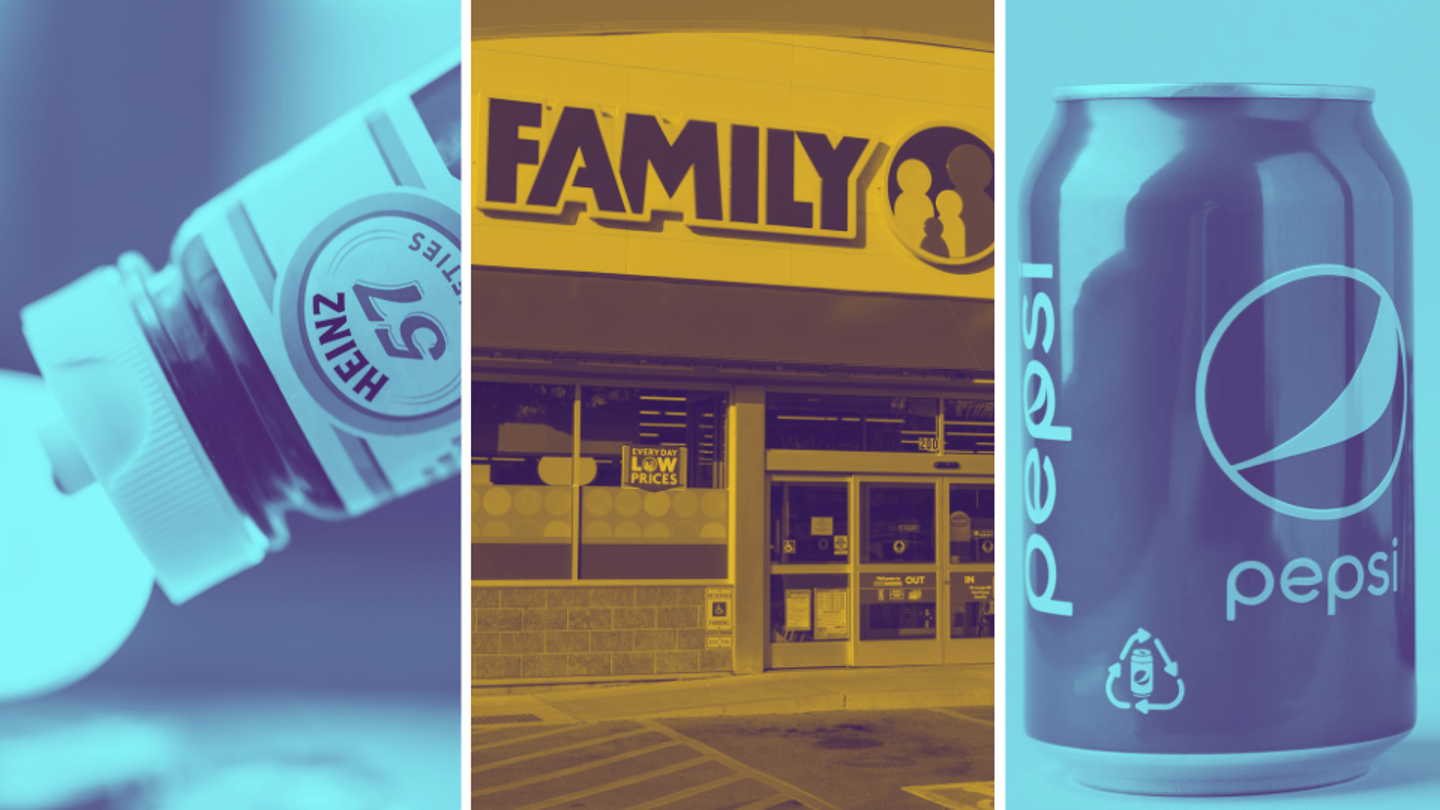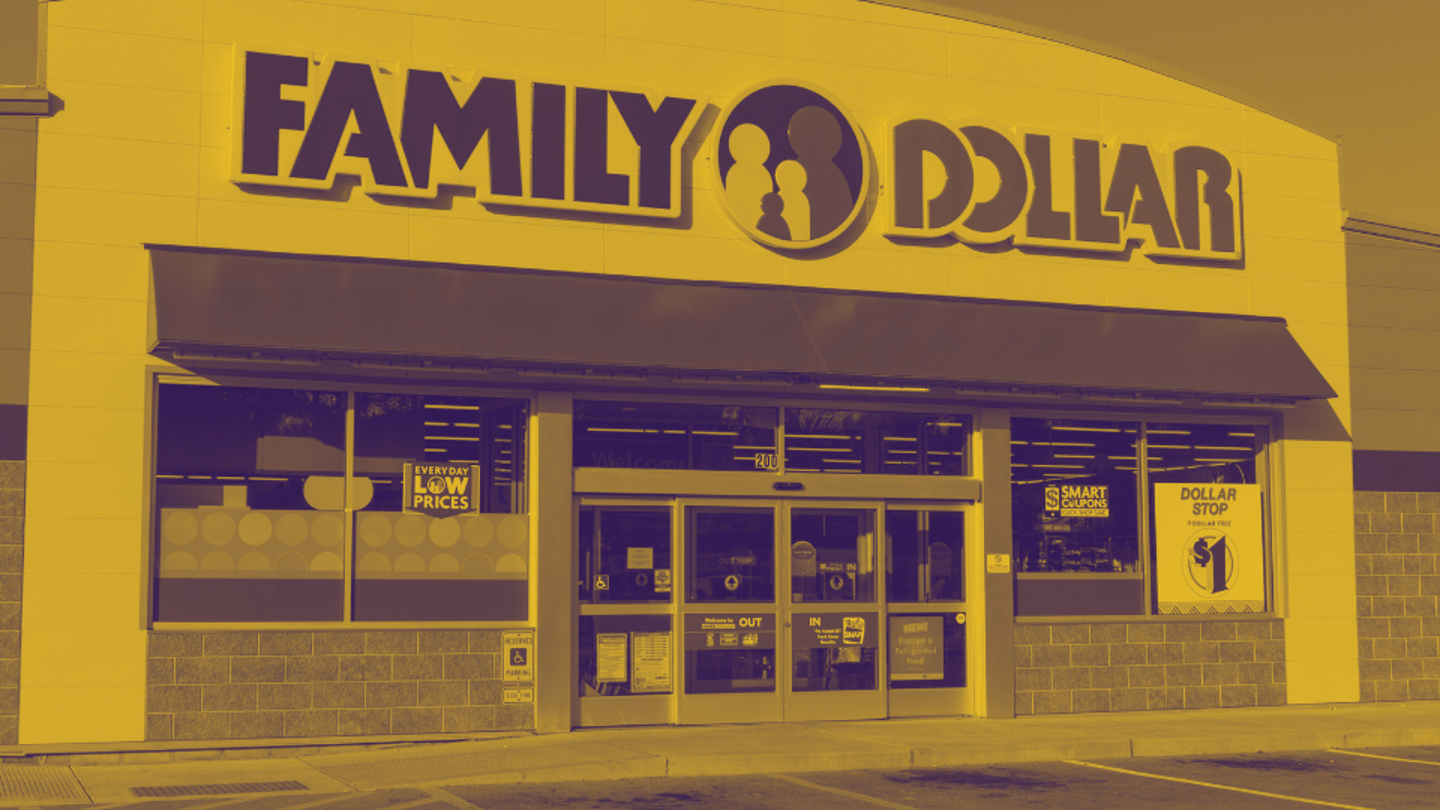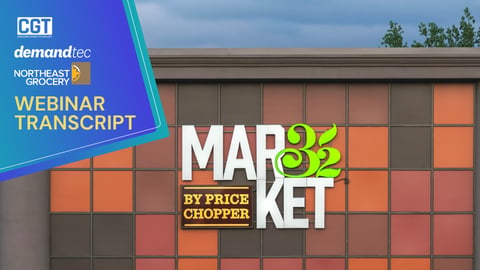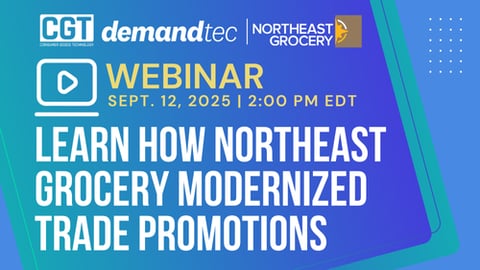Collaboration Becomes the New Currency in Trade Promotions
Getting trade promotion management (TPM) right is more important than ever.
However, consumer goods companies are plagued by challenges at nearly every level — from data misalignment to gaps between legacy and modern IT infrastructure to trust barriers between CPGs and retailers.
According to a report by PwC, 85% of CPG companies struggle with overspending and ineffective trade promotion management.
Modern approaches require agile trade promotion optimization solutions, automations enabled by artificial intelligence and other technologies, and a data roadmap that focuses on collaboration and doesn’t cut corners.
Data Fragmentation Challenges
Understanding the limitations of insights is key to improving promotional effectiveness, and Buynomics innovations director Ivan Tretyakov breaks down three common retail data sources:
Loyalty Data: Only covers a subset of shoppers and must be carefully matched to products, time periods and sales data.
Promotion Data: Availability data is often missing, especially when promotions are run in only a portion of stores.
Visibility Data: Insights such as in-store activation or loyalty app placement are rarely tracked, despite its significant impact on promotional effectiveness.
The CPG-Retailer Data Seesaw
Retailer point-of-sale data is often siloed, requiring CPGs to bring together other data sources, such as ERP and loyalty data, along with any other first-party data, to begin analysis around TPM, according to Freddy Guard, industry principal for the CPG business at Snowflake.
Many retailers are still protective of their data and even use it as an ancillary income stream (e.g., Walmart's subscription for first-party shopper behavior data). For this reason, manufacturers often rely on syndicated data providers to support promotion analysis and planning.
Data-sharing progress has been ongoing. Last year, PepsiCo said it had begun using more retailer data on the sales of its products to better forecast demand and make its supply chain more efficient.
"We are increasingly sharing data [with retailers]," Angelika Kipor, PepsiCo's senior vice president, strategy and transformation, told Reuters.
She said it was a "different level of collaboration” but that retailers were increasingly doing it because they want to understand their entire supply chains better.
Additionally, the Kraft Heinz Co. worked directly with Dollar General last year to move away from an “I win, you lose” ideology between CPGs and retailers and obtain insights on the type of environment consumers are willing to shop in, including how the store needs to be set up and how Kraft Heinz can, in turn, increase distribution within a particular channel.
Access aside, data analysis presents its own obstacles as each retailer relies on different data formats, update frequencies and integration methods, according to Guard.
As a result, CPGs can spend an enormous amount of time and energy just trying to normalize and standardize this data before it's even usable.
For example, when data is available, it’s frequently incompatible with internal systems due to mismatched formats, regional aggregation or inconsistent product coding, requiring constant mapping and reconciliation, Buynomics innovations director Ivan Tretyakov tells CGT.
“By the time most brands can access, clean and analyze retailer data, promotional windows have often closed or market conditions have shifted,” he says. “They're making decisions based on data that's weeks or months old in a market that changes daily.”
Retailers understand these challenges, and many are investing to improve collaboration. Family Dollar launched an initiative to better align inventory data across its supplier network to eliminate these issues, ensuring that analysts are all working through the same forecast.
Though less common, Guard says his organization has supported data applications in which CPG brands and retailers collaborate on joint forecasting models, shared promotion optimization algorithms and co-developed customer segmentation strategies.
In those cases, relationships extend beyond transactional data exhanges to more effective strategic partnerships.
AI to Simplify the Complexity
Artificial intelligence has transformed TPM, introducing new efficiencies and optimizing the entire trade promotion journey.
Over 68% of large-scale CPG companies in the U.S. had already implemented TPM platforms as of last year, and 54% of them were using AI for campaign optimization, according to Global Growth Insights.
Sixty-three percent of U.S.-based enterprises also integrated their systems into their CRM and ERP platforms to drive improved decision-making across their processes.
PepsiCo, for example, is using agentic AI agents enabled by Salesforce to create targeted and automated marketing, garnering deeper insights into consumer behaviors and preferences to optimize campaigns and promotions.
This builds on advanced capabilities to use real-time advertising performance insights to develop clearer audience segmentation through an agentic partnership with AWS.
Oftentimes, as is the case with PepsiCo, these capabilities are being built directly on cloud-native platforms to help scale efforts more quickly.
By integrating AI and machine learning directly into these platforms, CPGs can avoid exporting data to separate analytics tools, allowing them to run predictive models, scenario planning and optimization algorithms directly on their shared data sets, he notes.
The Road to Proving Promotion and Pricing ROI
Trade promotions, which can account for as much as 20% of revenue for a food and beverage company, are ripe for digital and analytics optimization, according to McKinsey & Co. Companies typically have data about past promotion performance, but may not have the tools to synthesize the data to build a clear picture of how to target promotions.
Also, relying solely on historical data can create a storm of supply chain issues.
Karin Chu, VP of AI and data science for Ahold Delhaize USA, for example, noted during this year's CGT Analytics Unite event that investing millions of dollars to run promotions to bring more consumers in may be worthwhile, but not if the store runs out of stock.
Adding retail data to the mix increases visibility into both inventory needs and promotion impact. Without it, says Tretyakov, it’s nearly impossible to say how much uplift (or lift) a particular promotion has generated.
For instance, answering a question like "How much more uplift would my promo generate if I change the depth of discount from 20% to 15%?" becomes extremely difficult, if not impossible, to answer, removing the ability to estimate ROI, he says.
Guard recommends combining retailer POS data with CPG first-party data and external signals such as weather, events and market trends, and implementing what he calls “promotion optimization in flight.”
This means that instead of waiting weeks or months to evaluate whether a promotion worked, CPGs can see performance indicators within days and make adjustments to maximize their impact.
“The CPG brands that are winning in this space treat data sharing as a strategic capability that enables true collaboration with retail partners,” says Guard.
“Joint business planning between retailers and brands can completely change from being periodic exercises to being an always-on planning capability, which is going to be a big joint value creator in the current uncertain times where consumer behavior is changing on a weekly basis,” he adds.






